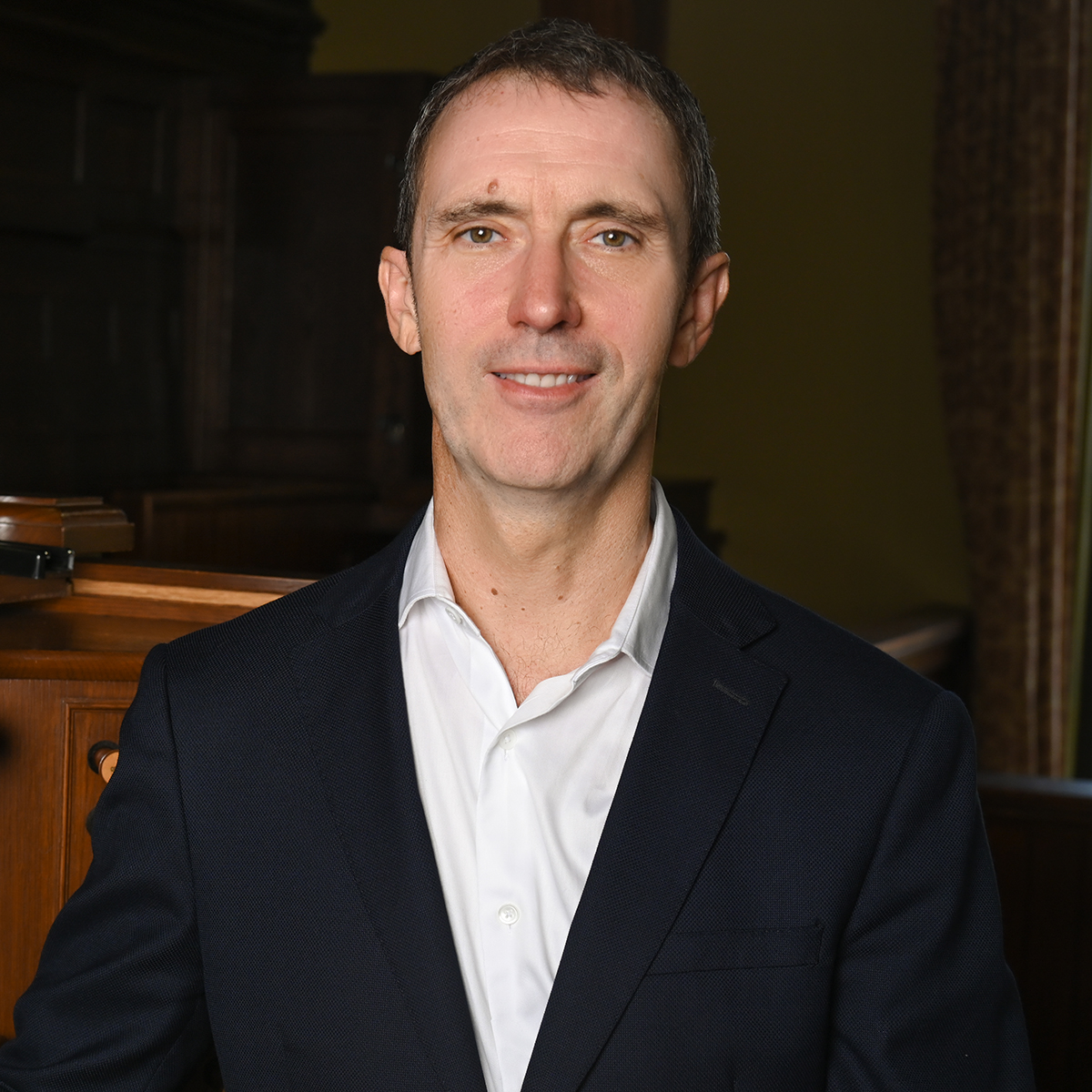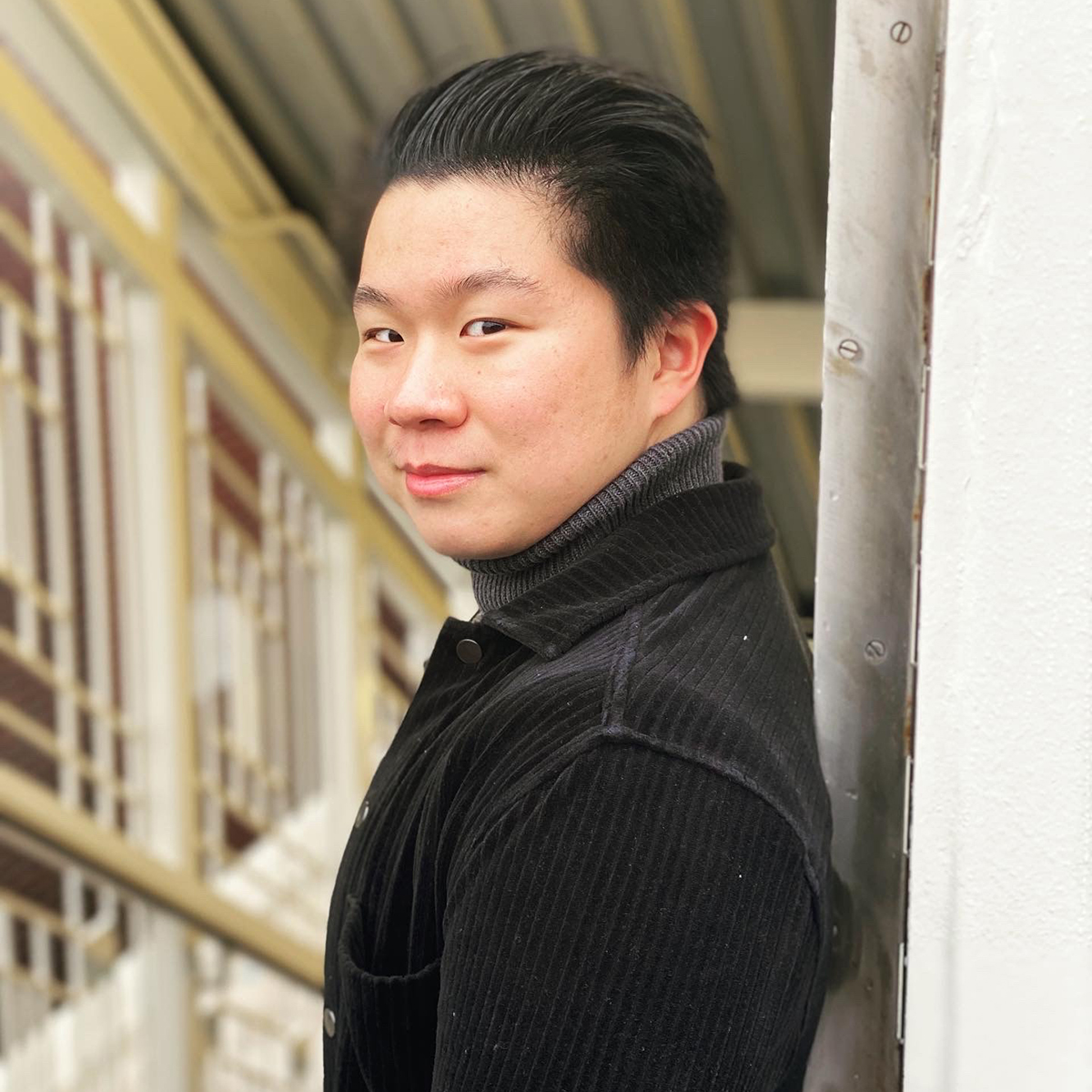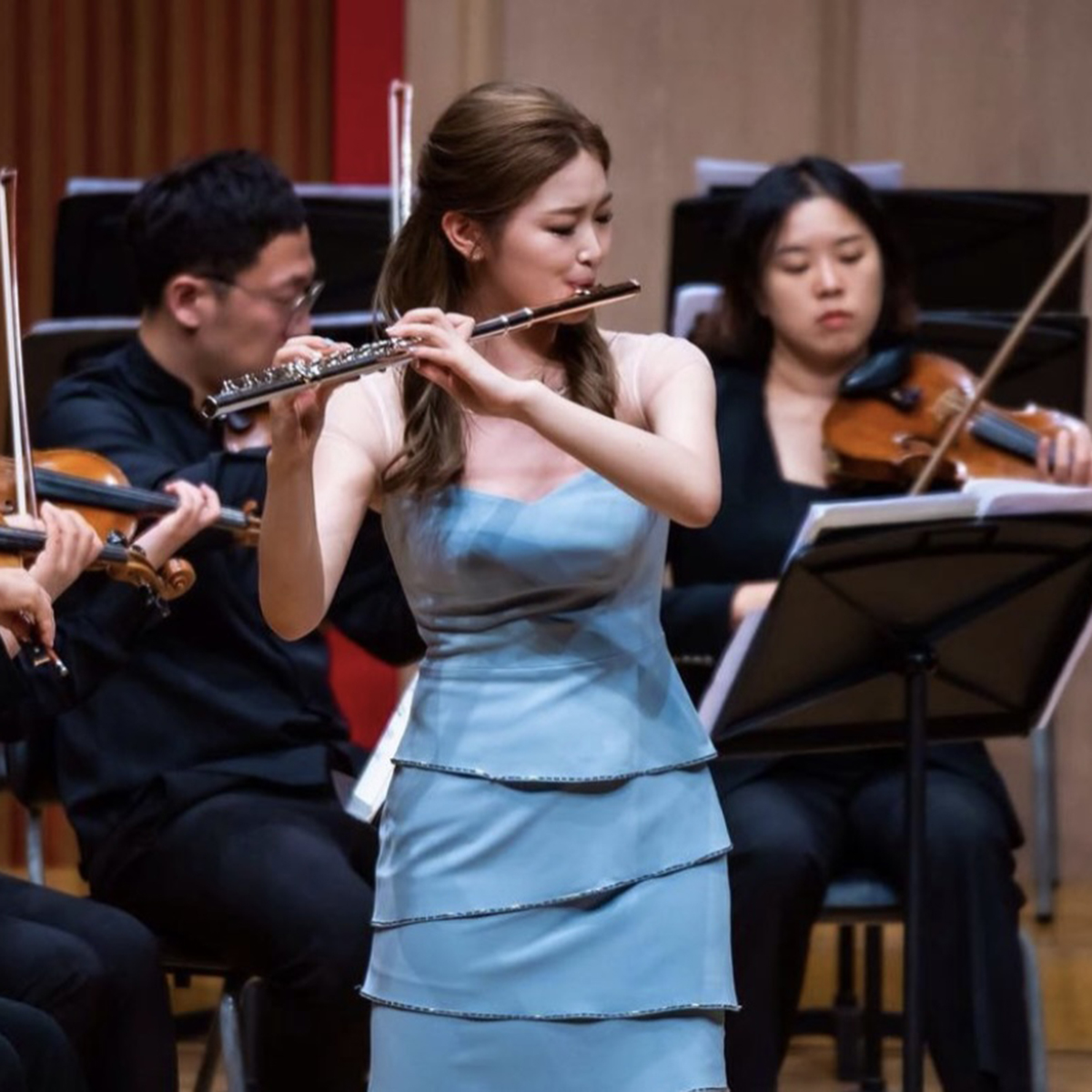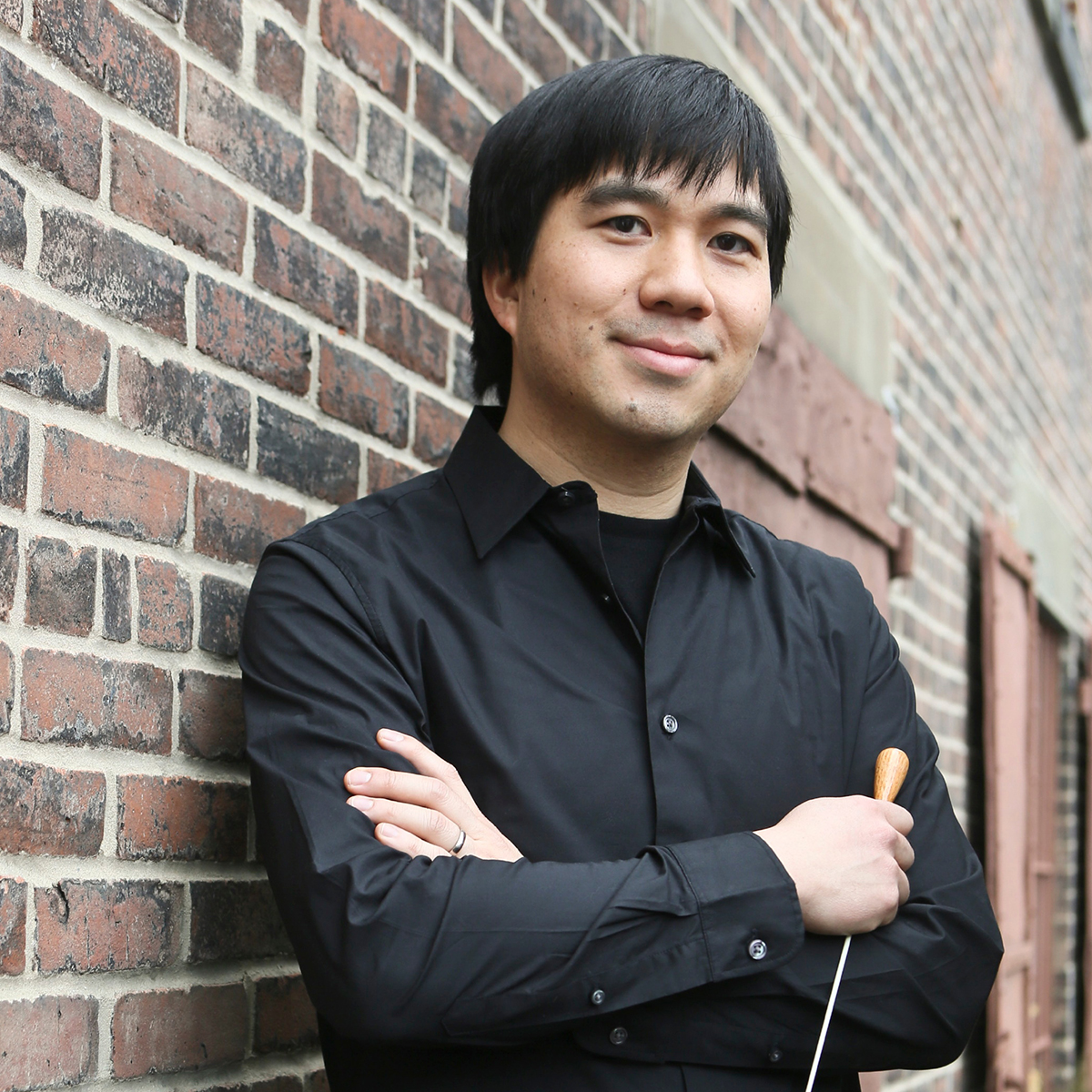 Mark Steinbach is University Organist, Curator of Instruments, and Distinguished Senior Lecturer in Music at Brown University, where he teaches applied organ and seminars on topics such as historic performance practices and Olivier Messiaen. Dr. Steinbach concertizes and teaches frequently throughout the United States and Europe. A passionate advocate of both historic and new music, he premiered compositions of Brown University composers Eric Nathan and Wang Lu at Notre-Dame de Paris and Berlin’s Nikolai-kirche in summer 2016. He was in residence at Xi’an Conservatory of Music in Xi’an China in 2018 to teach and perform a solo recital in the new concert hall. His newest album Glass and Bach in Dresden, recorded on Gottfried Silbermann’s magnum opus of 1755 in Dresden, Germany was released in January 2021 on Philip Glass’ label, Orange Mountain Music, available as a CD and on streaming services including Spotify, Apple and Amazon Music and iTunes. He has a forthcoming album, also recorded in Dresden, which will feature music of Bach, Eric Nathan, Wang Lu, Messiaen and Heiller.
Mark Steinbach is University Organist, Curator of Instruments, and Distinguished Senior Lecturer in Music at Brown University, where he teaches applied organ and seminars on topics such as historic performance practices and Olivier Messiaen. Dr. Steinbach concertizes and teaches frequently throughout the United States and Europe. A passionate advocate of both historic and new music, he premiered compositions of Brown University composers Eric Nathan and Wang Lu at Notre-Dame de Paris and Berlin’s Nikolai-kirche in summer 2016. He was in residence at Xi’an Conservatory of Music in Xi’an China in 2018 to teach and perform a solo recital in the new concert hall. His newest album Glass and Bach in Dresden, recorded on Gottfried Silbermann’s magnum opus of 1755 in Dresden, Germany was released in January 2021 on Philip Glass’ label, Orange Mountain Music, available as a CD and on streaming services including Spotify, Apple and Amazon Music and iTunes. He has a forthcoming album, also recorded in Dresden, which will feature music of Bach, Eric Nathan, Wang Lu, Messiaen and Heiller.
Mr. Steinbach has performed for the National Conventions of the American Guild of Organists, the Organ Historical Society, international organ festivals in Berlin, Halle, Dresden, Freiberg Cathedral, Rötha, Görlitz, Weimar and Lüneburg, Germany, the Piccolo Spoleto Festival in Charleston, the International Organ Festival at the Oude Kerk in Amsterdam, the Aosta, Courmayeur, Bolzano, Storici Organi della Valsesia, and Picena international organ festivals in Italy, and the Audite Organum festival in Prague. He performed the world premiere of Daniel Pinkham’s “Odes” at the American Guild of Organists Regional Convention and the U.S. premiere of Nico Muhly’s “O Antiphon Preludes” at Brown University. Mr. Steinbach has been featured on National Public Radio’s “All Things Considered” performing on the 1640’s English cabinet organ in Wickford, Rhode Island, the oldest church organ in use in the United States. Mr. Steinbach served as Organist and Choirmaster of historic St. Paul’s Church in Wickford, Rhode Island for 23 years, building a substantial multi-generational music program.
Mr. Steinbach earned the bachelor of music degree from the University of Kansas where he studied organ with Jim Higdon. As a Fulbright scholar he studied in Vienna, Austria with Peter Planyavsky. He earned the master of music and doctor of musical arts degrees from The Eastman School of Music where he studied organ with David Craighead and harpsichord with Arthur Haas.
Mr. Steinbach’s critically acclaimed CD Organ Works of Anton Heiller (Loft) and Glass-Bach Dresden have been featured on America Public Media’s Pipedreams and The Organ Loft. Mr. Steinbach has served as adjudicater for organ competitions, including the American Guild of Organists National Young Artists Competition. He has presented a lecture/demonstration on “Healthy Practice Techniques” for the American Guild of Organists National Convention.
 Mark Steinbach is University Organist, Curator of Instruments, and Distinguished Senior Lecturer in Music at Brown University, where he teaches applied organ and seminars on topics such as historic performance practices and Olivier Messiaen. Dr. Steinbach concertizes and teaches frequently throughout the United States and Europe. A passionate advocate of both historic and new music, he premiered compositions of Brown University composers Eric Nathan and Wang Lu at Notre-Dame de Paris and Berlin’s Nikolai-kirche in summer 2016. He was in residence at Xi’an Conservatory of Music in Xi’an China in 2018 to teach and perform a solo recital in the new concert hall. His newest album Glass and Bach in Dresden, recorded on Gottfried Silbermann’s magnum opus of 1755 in Dresden, Germany was released in January 2021 on Philip Glass’ label, Orange Mountain Music, available as a CD and on streaming services including Spotify, Apple and Amazon Music and iTunes. He has a forthcoming album, also recorded in Dresden, which will feature music of Bach, Eric Nathan, Wang Lu, Messiaen and Heiller.
Mark Steinbach is University Organist, Curator of Instruments, and Distinguished Senior Lecturer in Music at Brown University, where he teaches applied organ and seminars on topics such as historic performance practices and Olivier Messiaen. Dr. Steinbach concertizes and teaches frequently throughout the United States and Europe. A passionate advocate of both historic and new music, he premiered compositions of Brown University composers Eric Nathan and Wang Lu at Notre-Dame de Paris and Berlin’s Nikolai-kirche in summer 2016. He was in residence at Xi’an Conservatory of Music in Xi’an China in 2018 to teach and perform a solo recital in the new concert hall. His newest album Glass and Bach in Dresden, recorded on Gottfried Silbermann’s magnum opus of 1755 in Dresden, Germany was released in January 2021 on Philip Glass’ label, Orange Mountain Music, available as a CD and on streaming services including Spotify, Apple and Amazon Music and iTunes. He has a forthcoming album, also recorded in Dresden, which will feature music of Bach, Eric Nathan, Wang Lu, Messiaen and Heiller. Praised for his “impressive presence and wondrous playing” (Chicago Libraries), pianist Nicholas Huang strives to challenge the idea that classical music is boring. As a soloist and collaborator, he has performed concerts at renowned venues including Chicago’s Pritzker Auditorium, New York’s Lincoln Center, and the Stern and Weill Halls at Carnegie Hall. Recent engagements include the world-premiere of Martin Loridan’s Prélude et songe at the 2018 Chicago Thirsty Ears Festival, a May 2022 concert of Rachmaninoff’s Second Piano Concerto with the Midwest Philharmonic Orchestra in Chicago, and a winning performance at the 2022 Brown University Orchestra concerto competition.
Praised for his “impressive presence and wondrous playing” (Chicago Libraries), pianist Nicholas Huang strives to challenge the idea that classical music is boring. As a soloist and collaborator, he has performed concerts at renowned venues including Chicago’s Pritzker Auditorium, New York’s Lincoln Center, and the Stern and Weill Halls at Carnegie Hall. Recent engagements include the world-premiere of Martin Loridan’s Prélude et songe at the 2018 Chicago Thirsty Ears Festival, a May 2022 concert of Rachmaninoff’s Second Piano Concerto with the Midwest Philharmonic Orchestra in Chicago, and a winning performance at the 2022 Brown University Orchestra concerto competition. Judy Lee is currently a freshman at Brown University studying public health and music. She started playing the flute at age 8, and has pursued her flute career in various international and national competitions, performances, and music exams.
Judy Lee is currently a freshman at Brown University studying public health and music. She started playing the flute at age 8, and has pursued her flute career in various international and national competitions, performances, and music exams. Mark Seto leads a wide-ranging musical life as a conductor, scholar, teacher, and violinist. He is Director of the Brown University Orchestra and Senior Lecturer and Director of Undergraduate Studies in Music at Brown University, where he teaches courses in music history, theory, and conducting. He is also Artistic Director and Conductor of The Chelsea Symphony in New York City.
Mark Seto leads a wide-ranging musical life as a conductor, scholar, teacher, and violinist. He is Director of the Brown University Orchestra and Senior Lecturer and Director of Undergraduate Studies in Music at Brown University, where he teaches courses in music history, theory, and conducting. He is also Artistic Director and Conductor of The Chelsea Symphony in New York City.